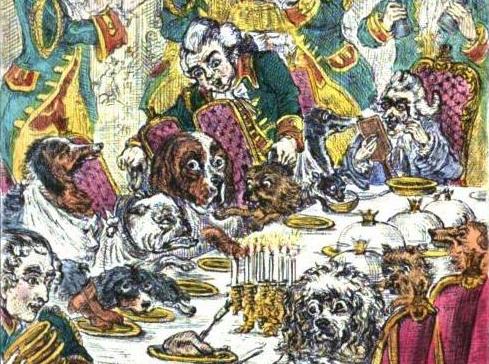On May 15, 1879, J. Eliot Pringle, commander of the H.M.S. Vulture, saw something odd in the Persian Gulf:
I noticed luminous waves or pulsations in the water, moving at great speed and passing under the ship from the south-south-west. On looking towards the east, the appearance was that of a revolving wheel with centre on that bearing, and whose spokes were illuminated, and looking towards the west a similar wheel appeared to be revolving, but in the opposite direction.
Eight months later and 1,500 miles to the southeast, off the Malabar coast, Cmdr. R.E. Harris of the steamship Shahjehan witnessed glowing waves of “a peculiar but beautiful milky whiteness”:
In a short time the ship was completely surrounded with one great body of undulating light, which soon extended to the horizon on all sides. … If the sea could be converted into a huge mirror, and thousands of powerful electric lights were made to throw their rays across it, it would convey no adequate idea of this strange yet grand phenomenon.
Harris called his vision “the most remarkable phenomenon that I have ever seen at sea”; Pringle called his “beautiful and striking.” What they were, precisely, is not clear.
(From Nature, July 24, 1879, and Charles Frederick Holder, Living Lights: A Popular Account of Phosphorescent Animals and Vegetables, 1887. See also A Phosphorescent Sea.)





